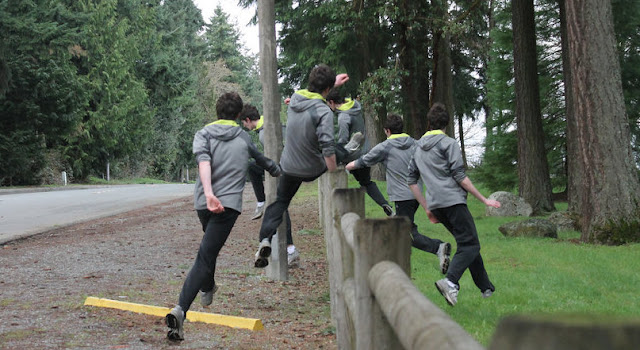natural movement
The above quote through physiotherapist and movement professional gray prepare dinner very actually defines what we have to be doing with our bodies each day to save you disorder or disorder. despite the fact that definitely written "shifting properly" is difficult. With the boom in sedentary behaviour, careers concerning watching monitors and sitting in chairs for eight hours an afternoon, and the excess weight we supply round unnecessarily, it is difficult in this contemporary age to hold our movement free and functioning.
however first what's "shifting well" and the way can we outline it? How do we recognise if we're shifting well? an excellent vicinity to start is by looking at the number one movement patterns our bodies can perform:
 |
| natural movement |
The 7 Human motion styles.
1.Squat
2.Hinge
3.Push
4.Pull
5.Rotational
6.unmarried leg (gait)
7.Lunge
Are you "moving well"?
in case you think about the way you pass your body during day you may generally undergo these types of 7 patterns, whether squatting to sit down down or lunging to climb a stairs, your frame is continuously repeating those movement styles. dysfunction in the frame can regularly be traced to limitations within a selected movement sample.
How is your motion?
whilst trying to perform the actions do you observe tightness or restriction of movement within positive areas? A proper evaluation through a educated professional allow you to decide if you may have barriers in any of these motion styles and if the problem may be resulting from tightness or shortening of smooth tissues or lack or range of movement.
The manner your body compensates for the duration of a number of these movements can say lots approximately what the capability dysfunctions can be. for example while you squat do you observe any of the subsequent compensations in the course of the body:
feet pronate and externally rotate: this may suggest tightness in the soleus, gastrocnemius (calf muscle), hamstring and piriformis and/or weakness inside the gluteus medius (bum muscles).
Knees buckle / hip inner rotation: may additionally suggest susceptible/inhibited gluteus maximus/medius, tight adductor complicated and iliotibial band. may be an lack of ability to govern hip actions, pointing to an underlying motor control balance problem.
Low lower back arches: may additionally indicate tight hip flexors and latissimus dorsi, compensating for a vulnerable outer and inner middle.
Low lower back rounds: may indicate overactive outside obliques, compensating for vulnerable middle muscle mass.
these are only a few examples of the way the frame compensates and overuses certain muscle groups to facilitate motion and characteristic daily. but through the years those compensations can themselves cause issues as over reliance on the assisting muscular tissues can lead to tightness, stiffness and negative balance and or posture. An Osteopath, experienced personal instructor or different qualified healthcare expert can carry out a full movement evaluation and help discover wherein you may have movement regulations or imbalances which can be contributing to stiffness or ache. sometimes awareness by myself may be the exceptional start line and may make a difference so start to notice the way you circulate your body each day: do you experience like you have any regulations in any movement patterns? Do you word any compensations in your body where you don't experience balanced or aligned when acting sure moves?
moving otherwise
A top notch manner to prevent disorder from going on in the first place is to maintain shifting in a spread of approaches and preserve tough the body to adapt. We get caught in modes of movement, whether or not that's sitting at a desk all day or mendacity down on within the identical position each evening gazing the display. it's no surprise the frame closes up and tenses. We need to venture the body with new ways of movement. This enables boom strength, range of movement and flexibility and in the long run offers extra protection for our joints as we age. recall sports that can project you to transport in new approaches you haven't been used to. a few great sports for tough your motion include:
Yoga
Tai Chi
Martial Arts
Dancing
mountain climbing
sports activities- soccer, Tennis, Rugby etc.
pass united states of america strolling - non linear
Of course many sports activities together with soccer, tennis, rugby and so on contain shifting the body in more than one planes and are also super for challenging movement styles. taking walks and going for walks are accurate activities for health for his or her normal repetitive nature does not undertaking your movement as well. The key's to get innovative and recall in which is there an possibility a good way to pass in a different and difficult way.


